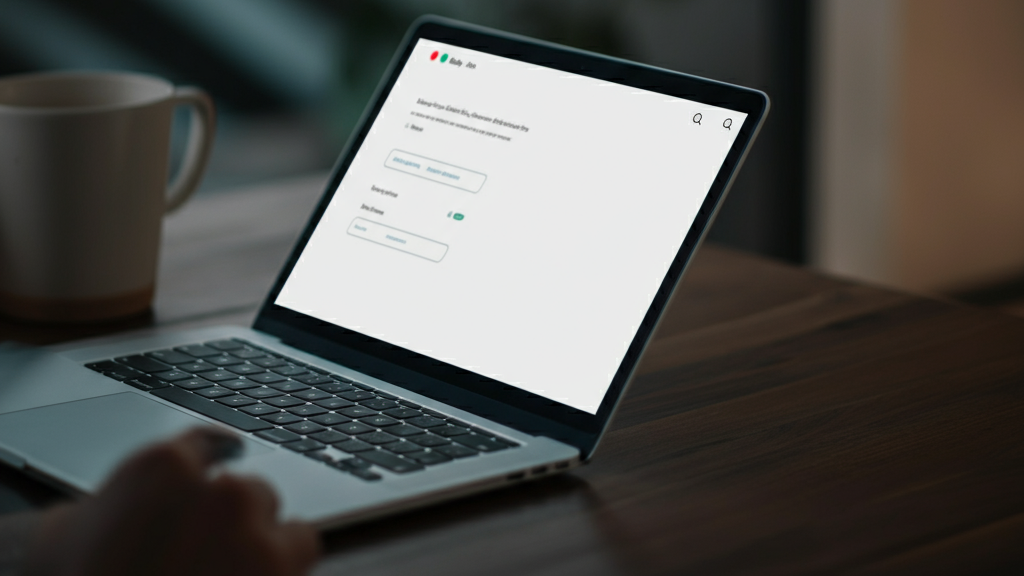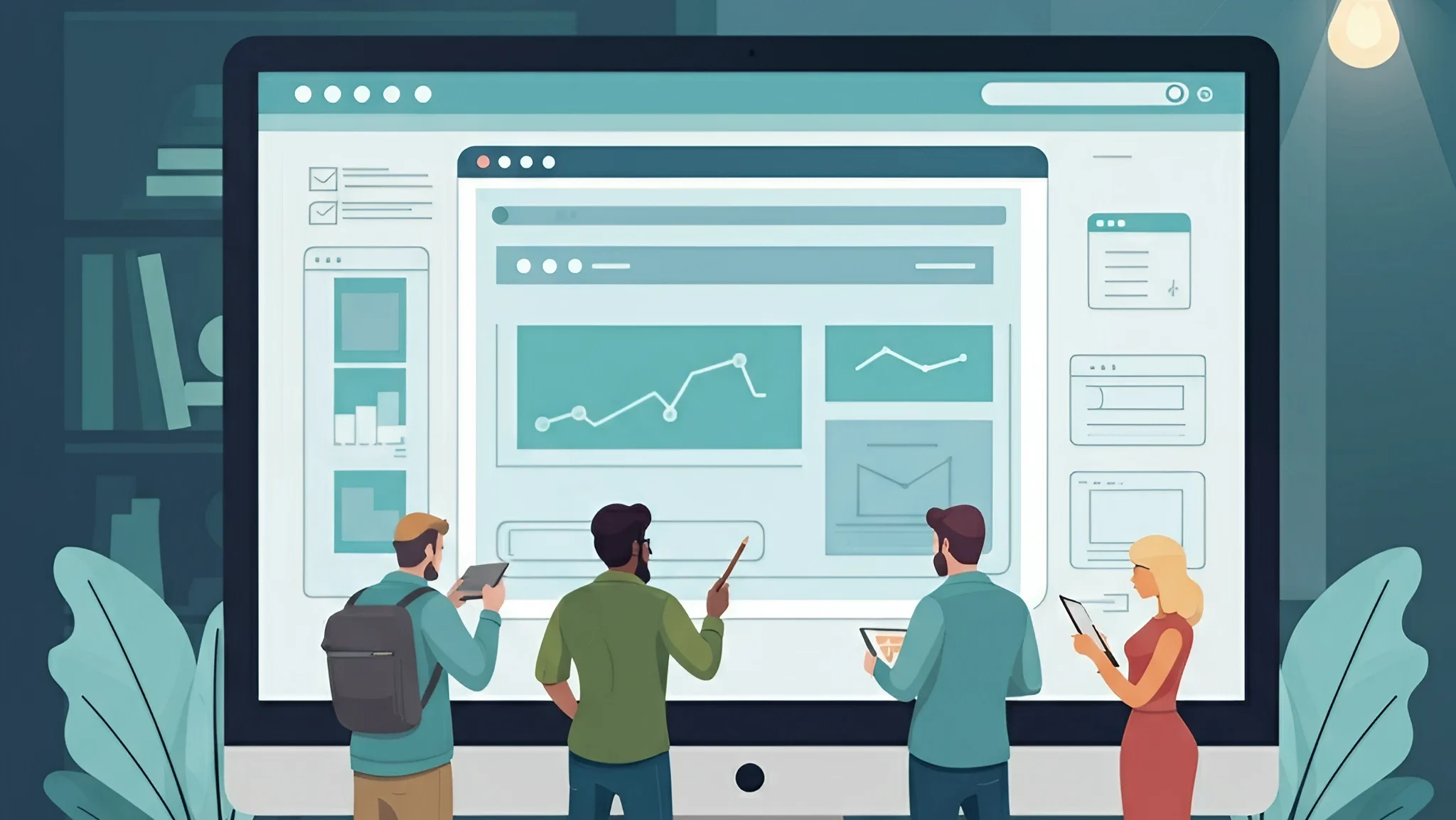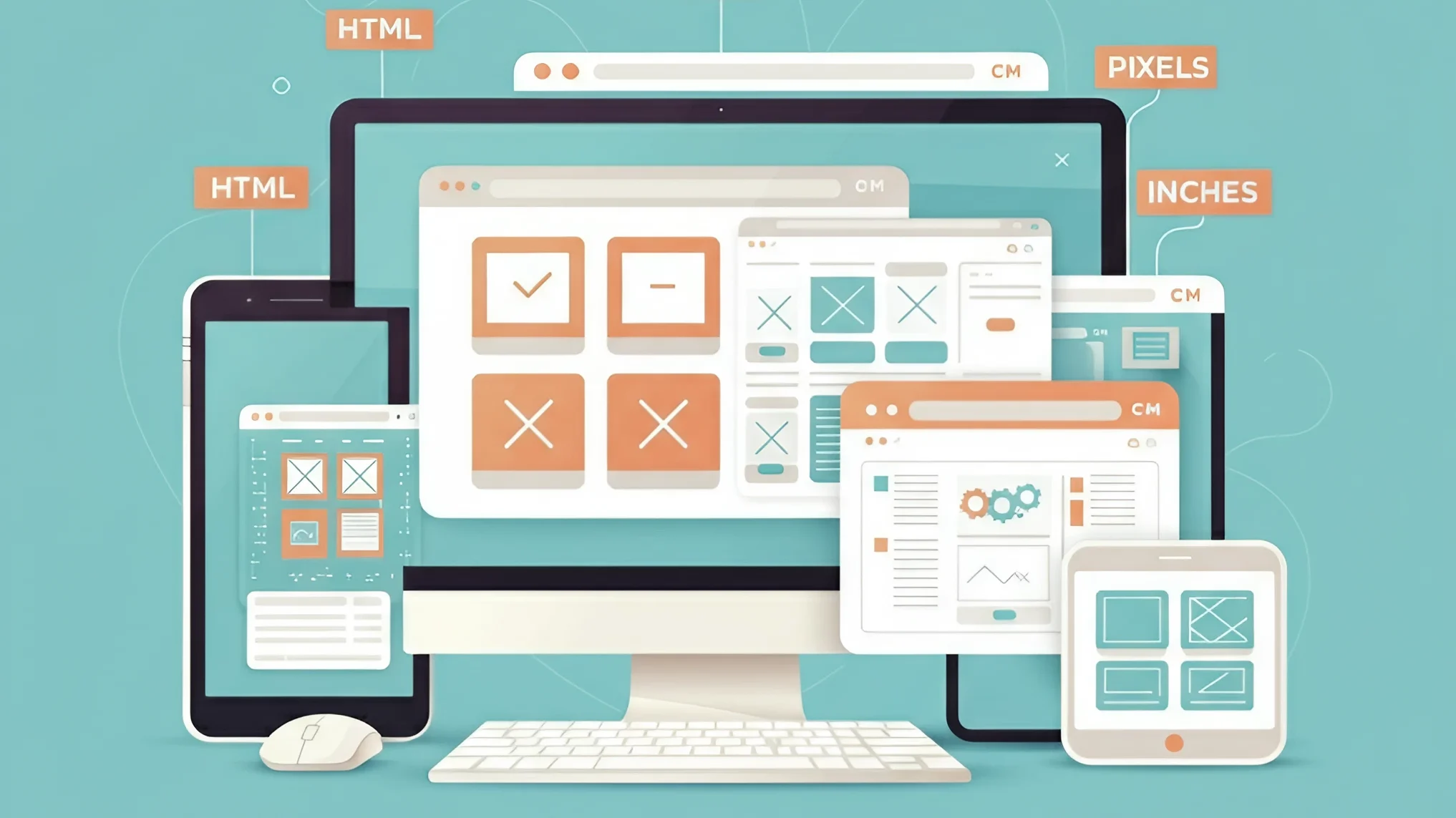In the quest to improve conversions, many companies use strategies such as targeted ads, email campaigns or social media outreach. What if we told you that making a few minor modifications to your site’s UX (UX) could result in greater outcomes? It’s true that an exceptional UX can turn casual visitors to loyal clients.
This blog will show the ways that even small improvements in UX will significantly boost the conversion rate of your business. At the end of this article, you’ll know how to implement changes to provide a seamless digital experience for your clients.
Understanding the Basics of UX
What is UX?
The user experience (or UX) is the total experience that a user has while using your website or application. The most important thing is that an excellent UX guarantees that users will quickly locate what they’re searching for and accomplish their goals with minimum effort.

Why is UX Crucial for Conversion?
Poor UX can lead to disorientated visitors, abandoned carts, and a lack of satisfaction, all of which will affect your bottom revenue. However a welcoming, user-friendly and well-designed user experience builds trust, improves satisfaction of customers, and moves users closer to converting.
Key Elements of a Positive UX
Many fundamental elements make up the best UX:
- Easy Navigation Users can quickly find what they require?
- Speed: How fast does your website load? Pages with speeds that exceed 3 seconds may increase bounce rates.
- Visual Appeal Do you have a layout professional, clean, and consistent in your branding?
- accessibility Does it allow users of all abilities engage effectively with your web pages?
- Mobile Friendly Are you able to make your website optimized for tablets and smartphones?
UX isn’t just about aesthetics, it’s about making each interaction seamless and enjoyable for the user.
How Small UX Changes Can Make a Big Difference
Real-World UX Tweaks and Their Results
Here are some examples of tiny UX optimizations that have had an enormous difference:
- Reducing Form Fields
A travel company has reduced the number of fields on its forms between seven and three. This small change improved the rate of completion of forms by 160%..
- Adding Progress Indicators
A e-commerce website introduced progress bars into the checkout process to show customers that they are close near to completing. The new feature led to the growth of 20% in purchases that were completed.
- Improving Button Copy
The change of the CTA buttons from “Submit” to “Get My Free Trial” raised the sign-up rate by 15 percent. Action-oriented, clear language matters.
The Psychology Behind UX
These minor adjustments tap into the fundamental tenets of human behavior.
- Reduces cognitive load Simpler the choices and making it easier for users to make faster decisions.
- Reassurance and Trust Visual cues such as barometers, badges of security or clear directions build confidence.
- Micro-Interactions subtle animations or feedback such as a button changing color when hovering, make the experience more exciting by guiding user behavior.
Identifying Opportunities for Improvement

How to Review Your Website’s UX
Are you unsure where to begin making improvements to UX? Here are some helpful tips:
- Analyze Customer Flow
Check your analytics to find out the areas where users stop using your site. Do you have a product website? Checkout procedure? Determine where friction occurs.
- Map User Intent
Consider the visitor’s main goal for each page. Are your websites designed to efficiently assist them in achieving it?
- Ask Your Users
Take surveys, collect feedback, and ask questions such as “What stopped you from buying today?”
Tools for Testing
Many tools can assist you to know how users interact with your website, such as:
- Google Analytics to track drop-off points along with bounce percentages.
- Hotjar or Crazy Egg for heatmaps and session replay.
- UsabilityHub to speed up testing and user feedback.
- platforms for testing A/B like Optimizely can measure the impact of the changes.
Implementing Changes
Prioritize, Test, and Repeat
After you’ve identified opportunities for improvement Follow this procedure:
- Prioritize Changes
Begin with low-cost, high-impact adjustments like simplifying navigation or changing the copy of headers.
- A/B Test Everything
Try each change one at a time to determine the effect it has on your conversion rates.
- Iterate
Certain changes might not work in the way you want them to, but that’s fine. UX optimization is a continuous process of learning and improvement.
Focus on Quick Wins
A few simple fixes you can test this week
- Change the size of your call-to action (CTA) buttons larger, and alter their colors for better impact.
- Use trust badges, such as “Secure Checkout” for hesitant customers.
- Make sure your website looks stunning and loads fast for mobile phones.
Case Studies of UX Success

The power of seeing is believing. These case studies demonstrate the impact of UX:
- Amazon
Amazon’s constant focus on UX enhancements, like making shopping easier through their famous “Buy Now” button–has helped keep one of the top sales conversion rates for e-commerce globally (13 percent).
- Booking.com
Affectionately known for its strict testing style, Booking.com added “Only X rooms left!” message. Through creating urgency, they witnessed an increase in reservations.
- A Clothing Brand’s Cart Simplification
A retailer online removed unnecessary distractions from their cart page. This one-time change increased conversions by 35 percent.
These examples demonstrate that making improvements to your UX does not require a complete overhaul. Instead it’s about making small, significant modifications.
Small UX Changes, Big Conversions
The investment in UX should not feel overwhelming. Even incremental improvements–streamlining navigation, simplifying forms, testing CTAs–can yield substantial rewards. It is important to recognize the areas of pain, take action based on customer feedback and keep making improvements.
Make a small adjustment now–check your statistics, consult your users for feedback, or test buttons. The customers (and the overall bottom line) will be grateful to you.
In the final analysis, UX doesn’t just revolve around appearances, it’s about crafting experiences that are the basis of business success.
What significant UX enhancements have you made in the last few months? We’d like to hear your ideas–please comment in the comments below!














